Most flowers are added to the living space for decorative purposes as well as to bring nature closer to human life. So, there are many house owners and designers that always chose to grow them as beautiful houseplants to liven up the interior. But, some flowers aren’t good for pets if they are consumed. So, if you are owning a dog or cat, it is better to know about them.
And today, we’ve listed 13 Toxic Flowers You Should Watch Out For Keeping Pets Safe. All pets are quite curious animals and usually are extremely argus-eyed in their quest any things. And when your pets have a tendency to look for something to nibble on, these flowers below will help you avoid them. Even so, you can still grow them to enjoy the colorful and bright blooms by placing pots in sites that have a safe height, and of course, your pets can’t touch or eat.
#1 Bird of Paradise
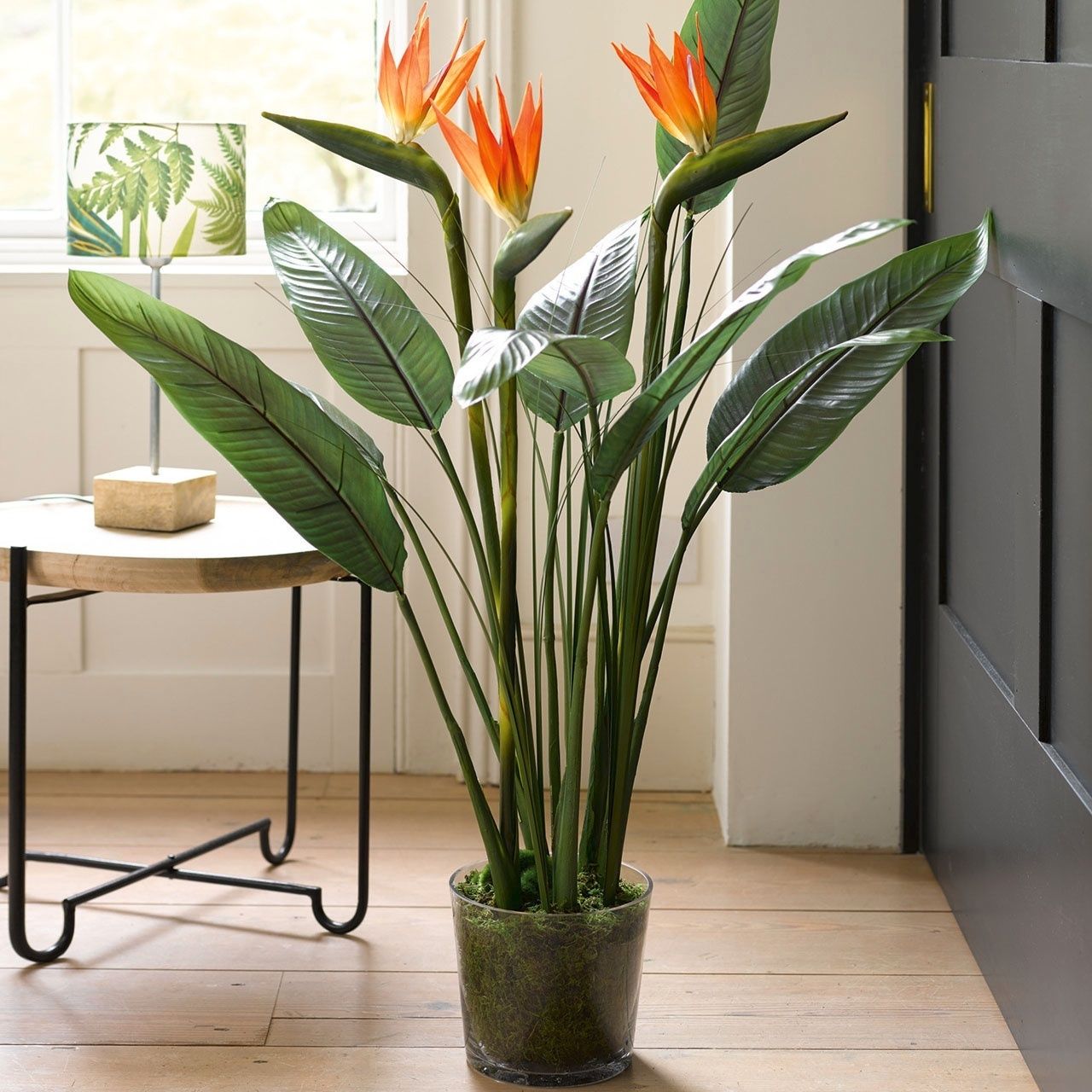
Source: Hadleycourt
Strelitzia is grown as an indoor plant, it contains Hydrogen Cyanide (prussic acid). Symptoms such as mild nausea, vomiting, drowsiness, difficulty in breathing, less appetite, and death.
#2 Cyclamen
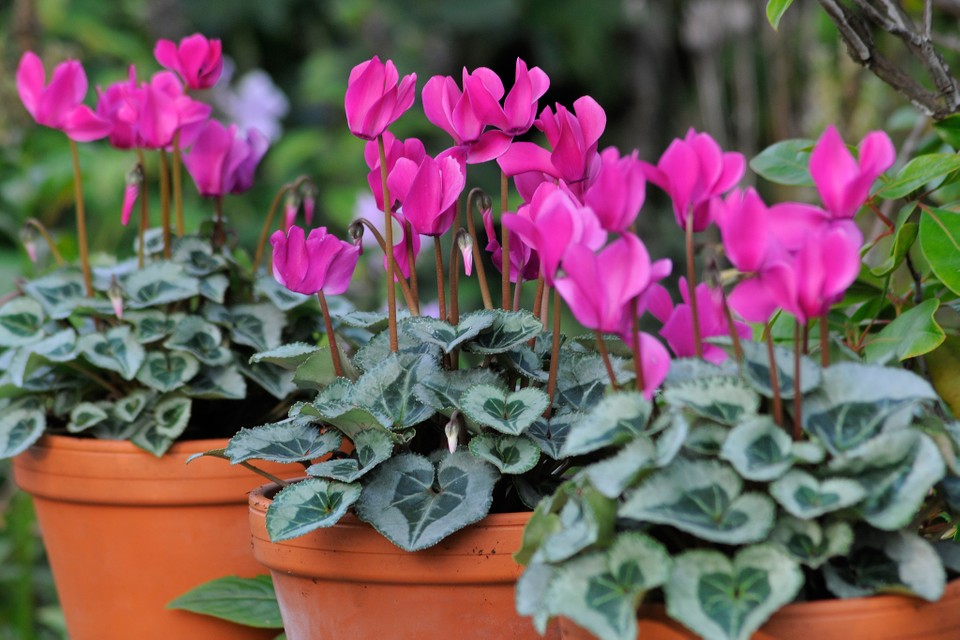
September 2010 22/09/2010 22/9/10 photo shoot for what to to now with Adam Pasco Photographer Tim Sandall Miniature cyclamen pot potting plant planting teracotta autumn colour flower wall ledge display/m/loader/final_group_loader/WTDN 22092010/Images/
Source: Gardenersworld
Cyclamen is a beautiful flowering annual houseplant that is grown for ornamental purposes. However, cyclamen contains saponins, and if its roots are ingested, it causes some clinical symptoms such as salivation, vomiting, and diarrhea. At high intake cardiac, arrhythmia and convulsions are also possible.
#3 Kalanchoe
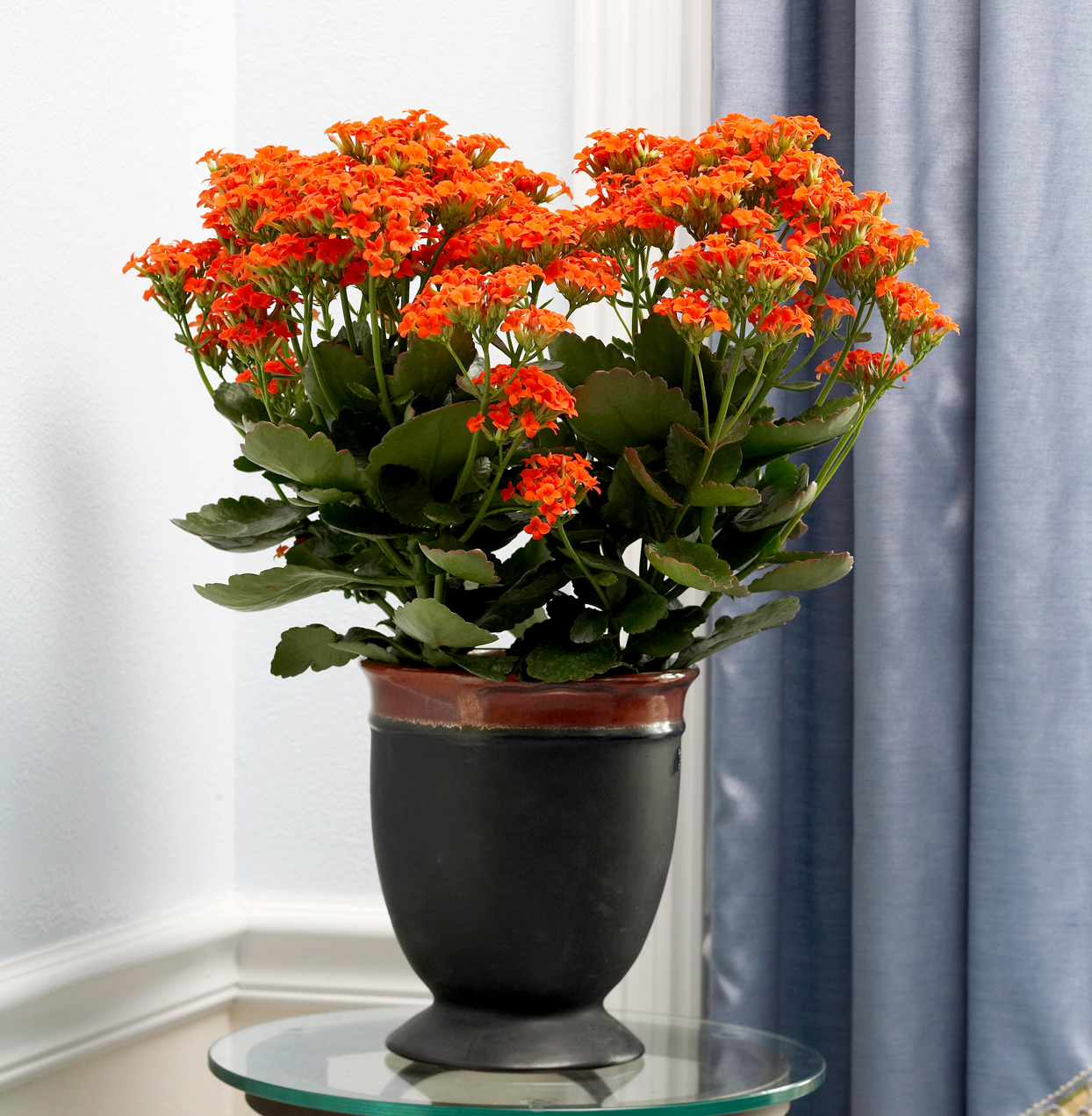

Source: Bhg
A genus of plants of the Crassulaceae family. Kalanchoe is a beautiful common houseplant with flowers. This plant contains a naturally occurring poison that affects the heart. Symptoms such as vomiting, diarrhea, and abnormal heart rhythm (rare).
#4 Kafir Lily
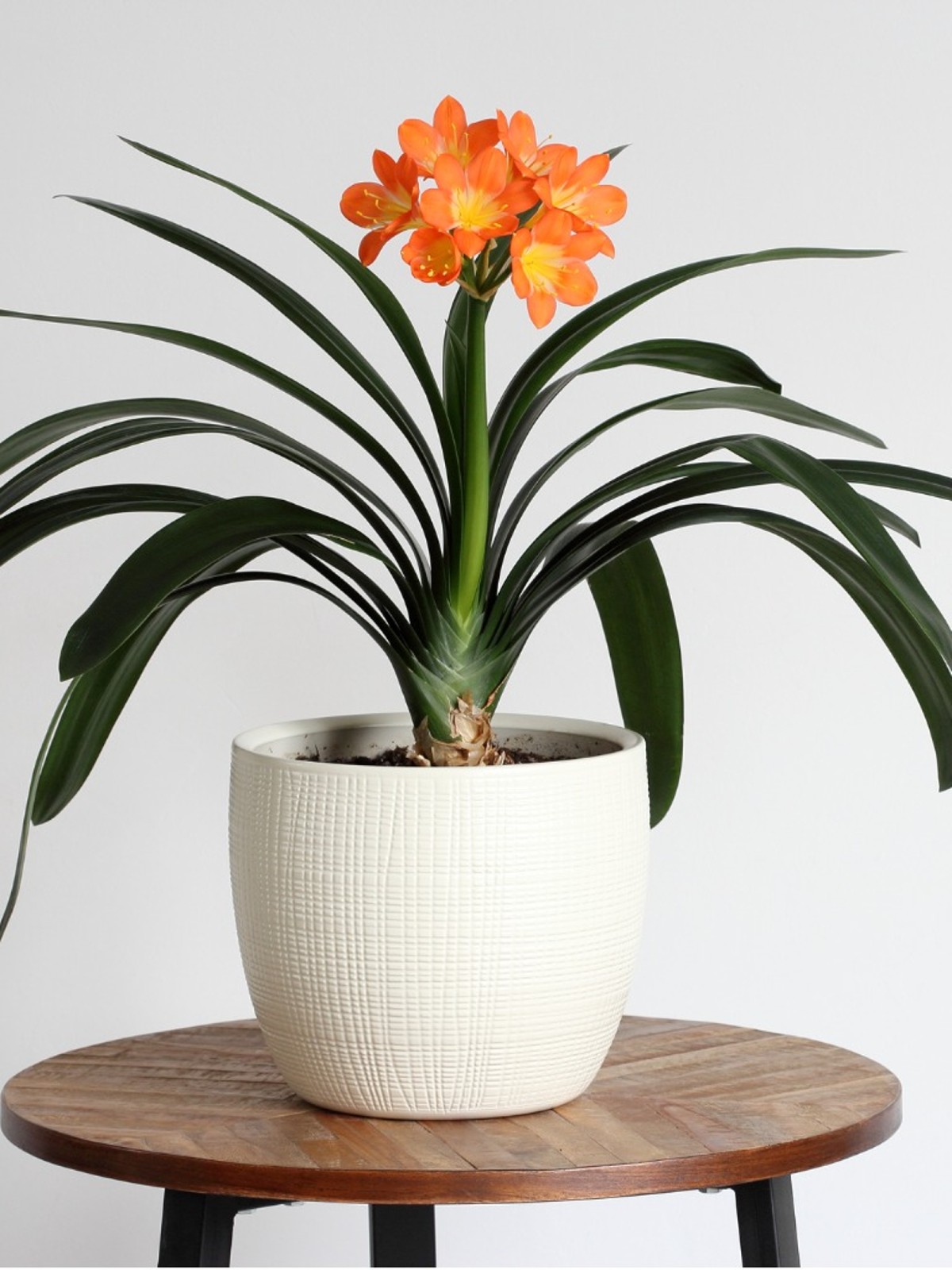
Source: Feltflowerpot
Kafir lily is an exquisite plant with succulent leaves and orange flowers. Its ingestion can cause kidney failure in cats; it is also one of the toxic plants to dogs. Symptoms such as vomiting and diarrhea. Large intake causes convulsions, low blood pressure, tremors, and cardiac arrhythmia.
#5 Flame Lily
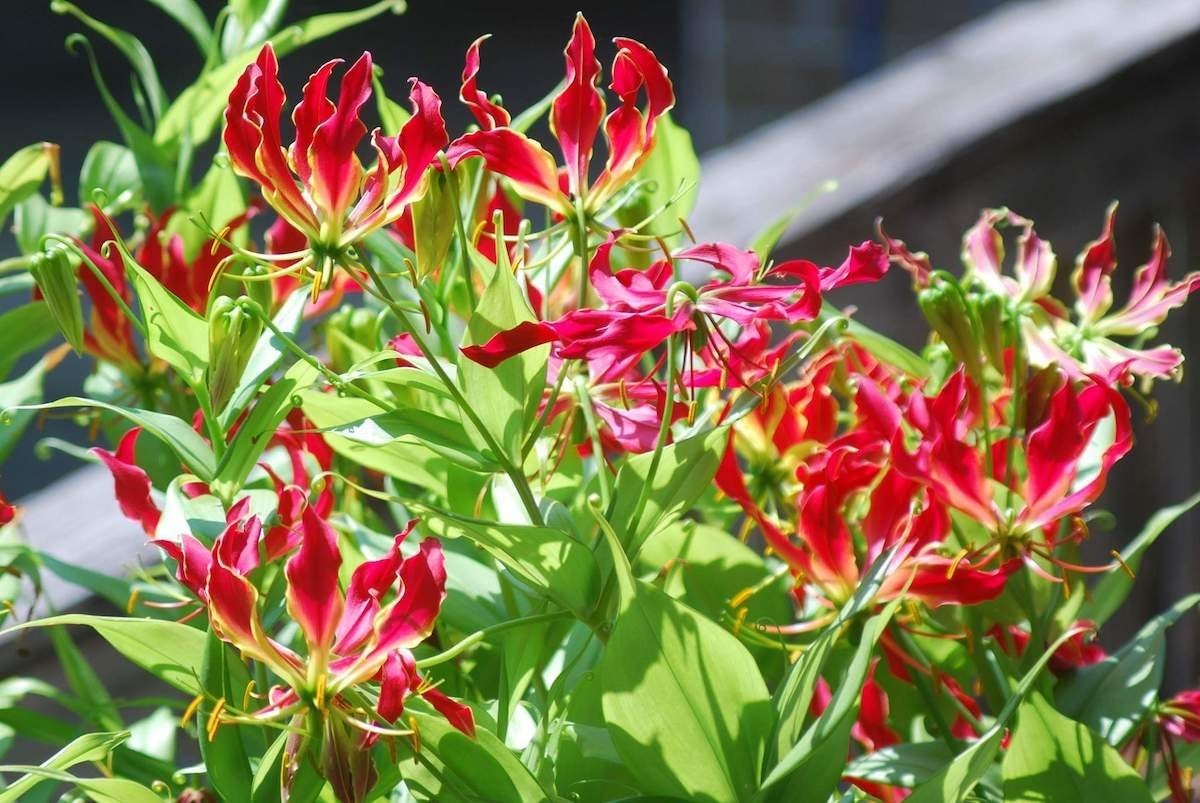
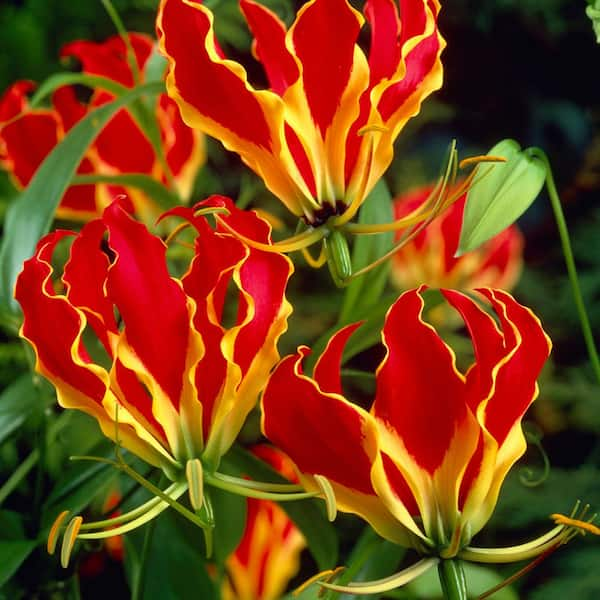
Source: Birdsandblooms
The ingestion of flame lily has caused many accidental deaths. It has also been used to commit murder, and suicide, induce abortions, and to poison dogs. Symptoms such as salivation, vomiting (bloody), diarrhea (bloody), shock, kidney failure, liver damage, bone marrow suppression, paralysis, and death.
#6 Desert Rose

Source: Gardens4you
A beautiful succulent that is commonly cultivated as an ornamental plant and can be grown in pots. Symptoms such as vomiting, diarrhea, anorexia, depression, irregular heartbeat, and death.
#7 Calla Lily
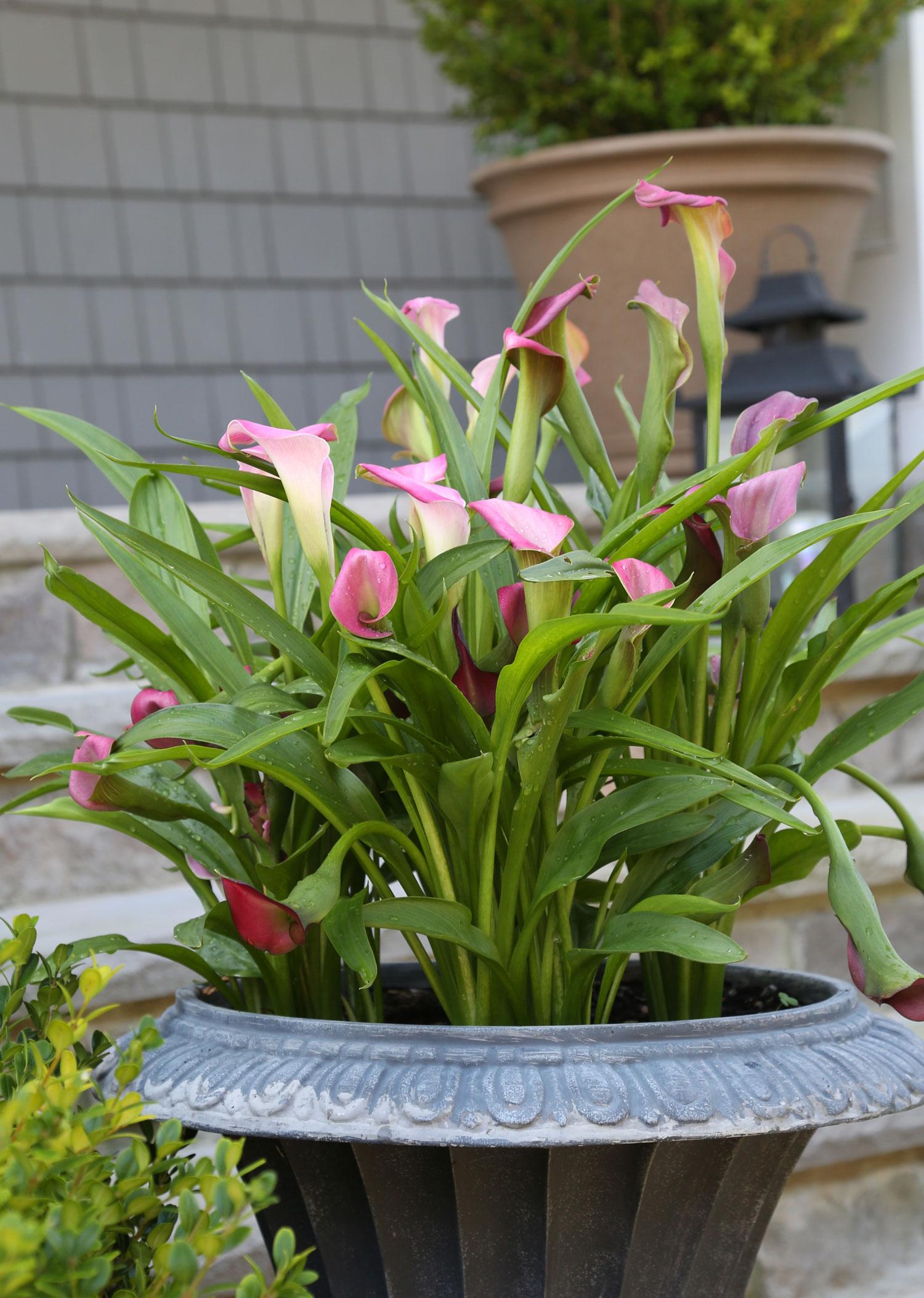
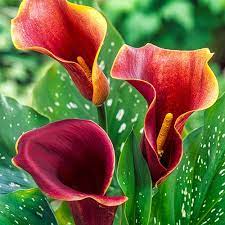
Source: Longfield-gardens
Calla lilies are beautiful but when the plant is chewed, clinical signs are visible immediately such as oral pain, diarrhea, drooling, lack of appetite, and pawing at the mouth.
#8 Flamingo Flower
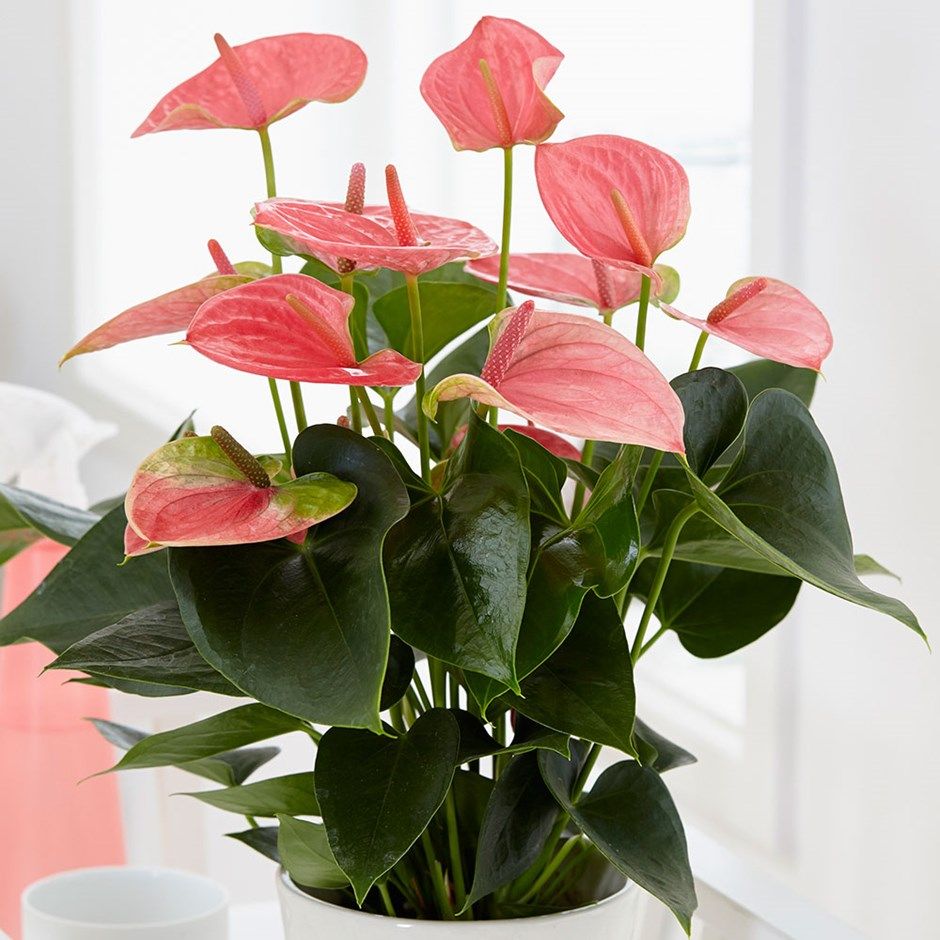
Source: Crocus
Flamingo flower contains calcium oxalates that can irritate the mouth and other mild clinical symptoms if ingested such as mucous membrane irritation, intense burning, and irritation of the mouth, lips, and tongue, excessive drooling, difficulty in swallowing.
#9 Gardenia
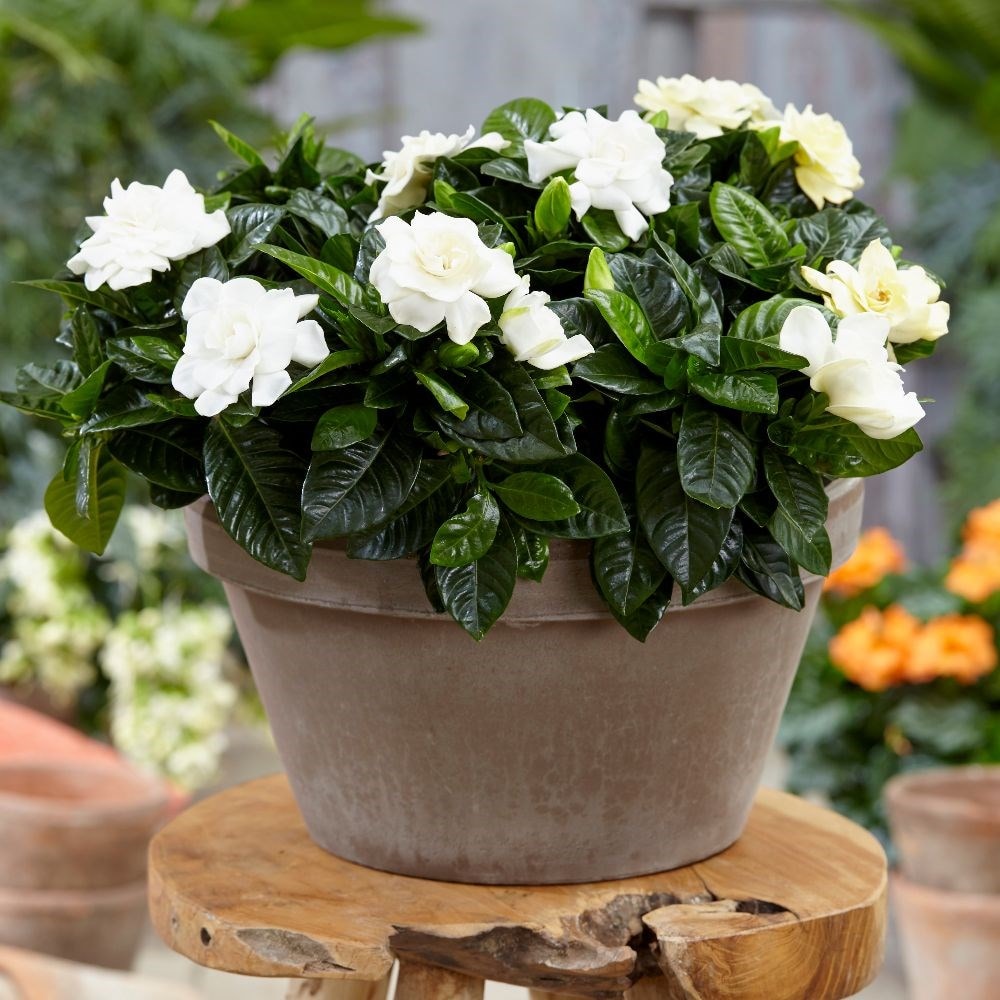
Source: Crocus
Gardenia is one of the most fragrant flowers in the world. All parts can cause nausea and vomiting like symptoms to your pet, after ingestion.
#10 Geranium
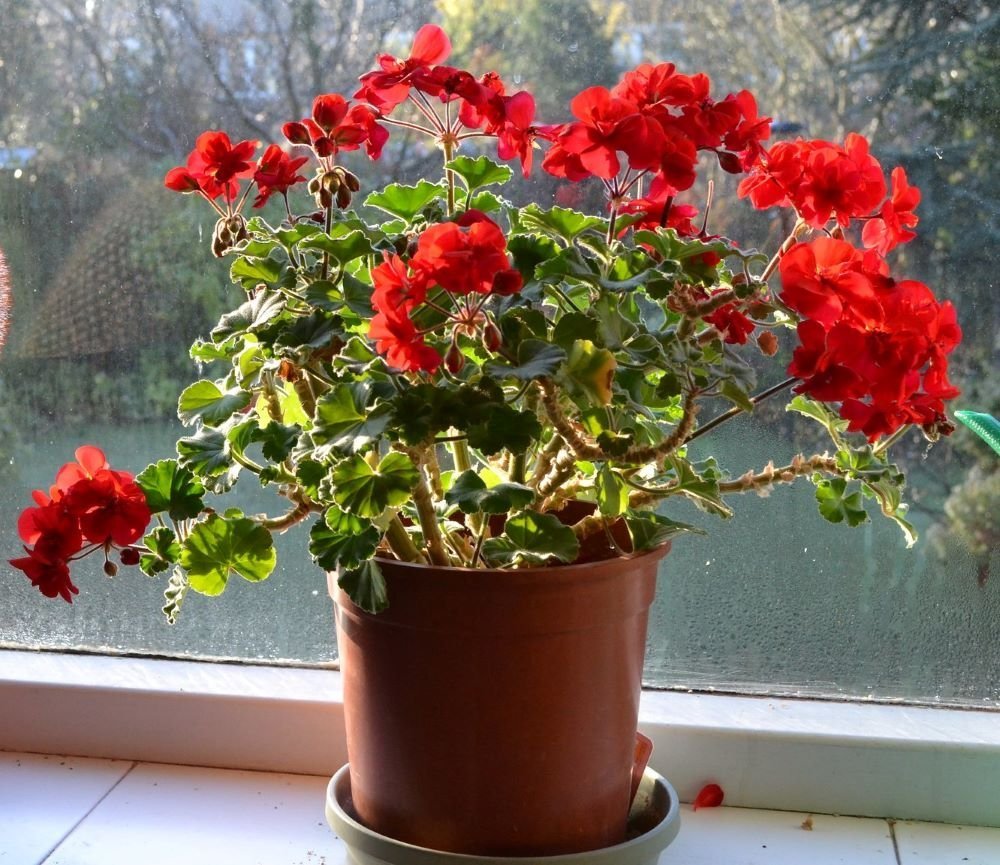
Source: Flowerpowerdaily
Usually, pets don’t touch this plant, but geranium can cause mild clinical symptoms to your dog or cat with symptoms such as vomiting, anorexia, and dermatitis.
#11 Peace Lily
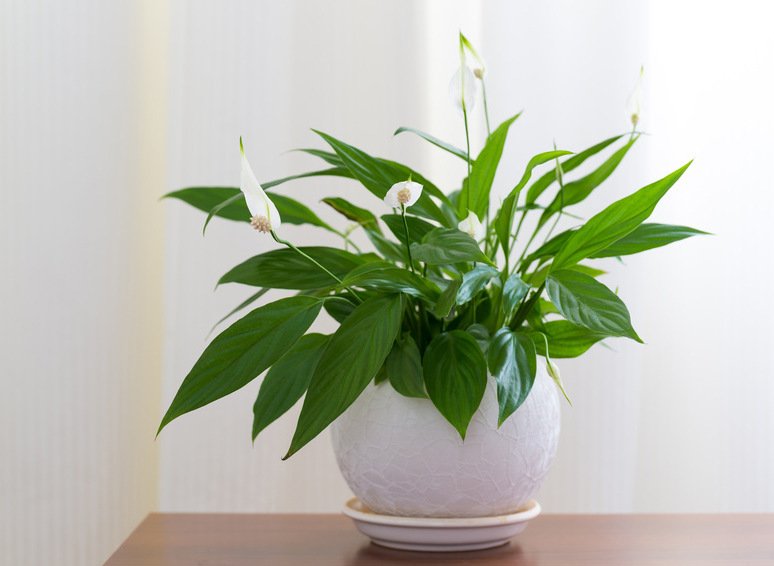
Source: Gardeningtheme
Peace lily contains calcium oxalates if it is chewed by your dog or cat mild clinical symptoms may occur such as mucous membrane irritation, intense burning, and irritation of the mouth, lips, and tongue, difficulty in swallowing.
#12 Oleander
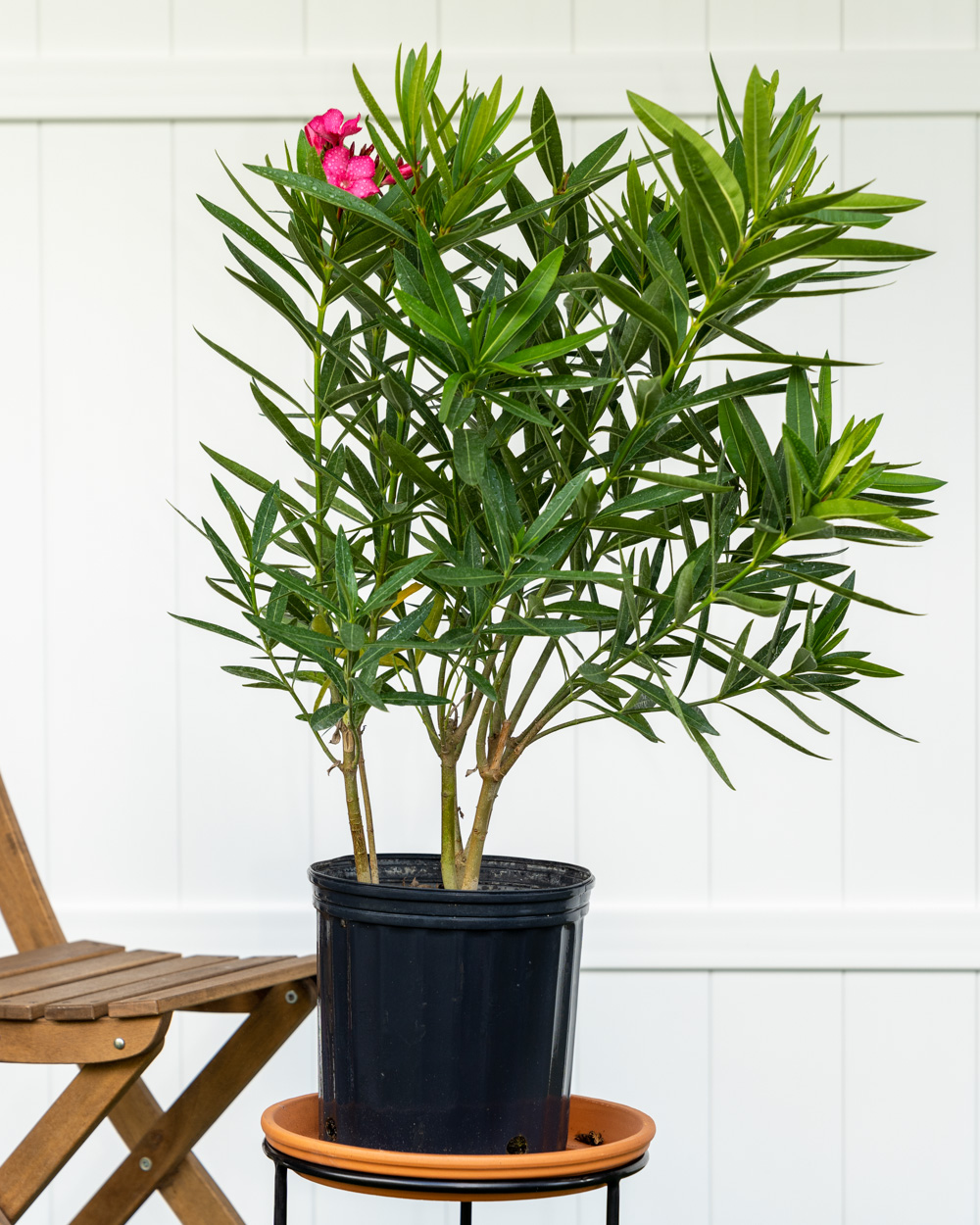
All parts of the plant contain toxic cardiac glycosides as digoxin. Its ingestion can cause colic, diarrhea (possibly bloody), sweating, difficulty with coordination, shortness of breath, difficulty in breathing, muscle tremors, and even death due to heart failure.
#13 Amaryllis

Amaryllis belongs to the lily family. Symptoms such as vomiting, depression, drop in blood pressure, abdominal pain, drooling, and loss of appetite.





